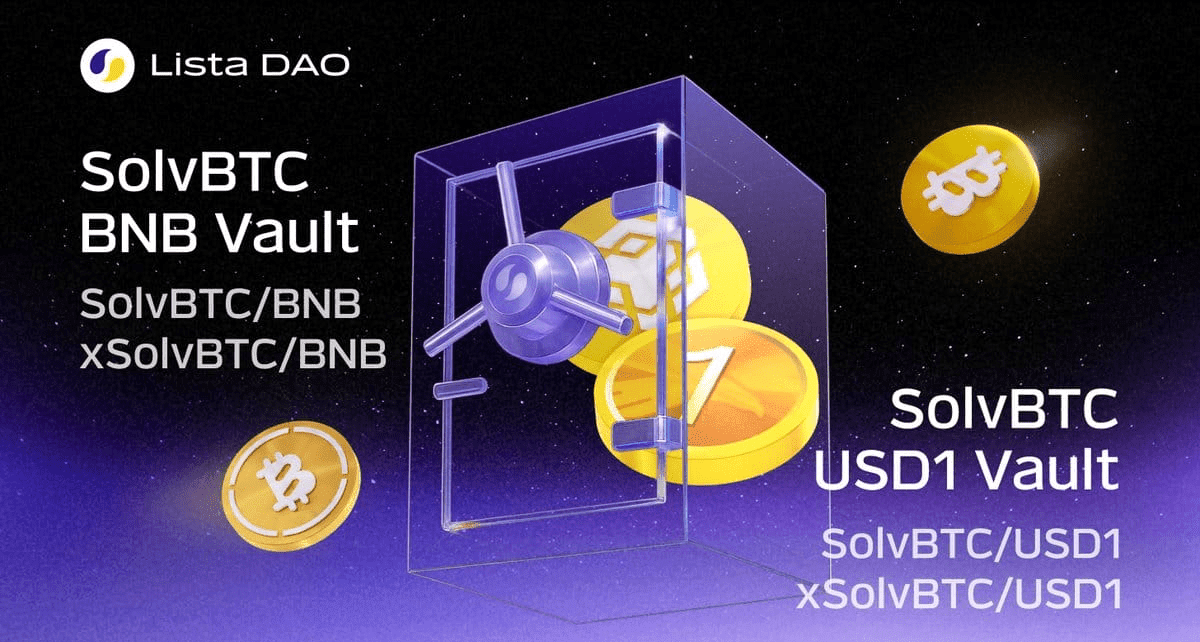In the field of decentralized finance (DeFi), the liquidity of stablecoins is key to ecosystem prosperity. ListaDAO provides an efficient and secure liquidity solution for the stablecoin USD1 through its innovative LSDFi (Liquid Staking Derivatives Finance) protocol, becoming the 'best partner' in its on-chain ecosystem. This synergy is mainly reflected in four dimensions: capital efficiency improvement, multi-scenario integration, risk control, and governance incentives.
1. Capital Efficiency Improvement: Unlocking the Liquidity of Staked Assets
ListaDAO's core innovation lies in the deep integration of liquid staking and stablecoin lending (CDP). Users can stake assets like BNB to receive liquid staking tokens slisBNB, retaining the staking rewards of the original assets while also using them as collateral to borrow the stablecoin lisUSD. This mechanism significantly enhances the liquidity sources of USD1.
Triple Revenue Cycle: Users stake BNB → generate slisBNB → collateralize to borrow lisUSD → exchange for USD1 to participate in liquidity mining, forming a combination of staking rewards, borrowing interest differentials, and liquidity incentives.
Cross-chain Compatibility: slisBNB has supported BNB chain and Ethereum network, and will expand to more public chains in the future, providing cross-chain liquidity support for USD1.
As of November 2024, the amount of BNB staked on the ListaDAO platform has reached 620,000 (valued at $383 million), becoming the largest liquid staking protocol on the Binance Chain, providing ample underlying assets for the liquidity of USD1.

2. Multi-scenario Integration: Ecological Synergy and Revenue Expansion
ListaDAO creates a rich application scenario for USD1 through its product matrix and collaborative ecosystem:
Stablecoin Swap: The new PSM module (Peg Stability Module) supports direct conversion between USD1 and stablecoins such as USDT and USDC, enhancing price anchoring capabilities.
DeFi Protocol Integration: lisUSD has been integrated with platforms such as PancakeSwap and Venus, allowing users to earn up to 40% annualized returns through the USD1/lisUSD liquidity pool.
Innovative Collateral: Introducing liquid staking assets such as WEETH and STONE as collateral to further expand the liquidity entry for USD1.
This deep integration makes USD1 not only a medium of exchange but also a core tool for DeFi yield strategies.
3. Risk Control: Over-collateralization and Flexible Oracles
ListaDAO ensures the stability of USD1 through technological design:
Over-collateralization Mechanism: Minimum collateralization rate of 150% (such as BNB), far higher than the uncollateralized risk model of algorithmic stablecoins (such as UST), avoiding death spirals.
Dynamic Liquidation and Oracles: Using elastic price oracles validated by multi-source data to monitor collateral values in real-time, preventing abnormal liquidations.
Innovative Risk Control: Weekly assessments of the volatility of new collateral assets (such as SolvBTC) to ensure system robustness.
These measures provide USD1 with a secure foundation similar to MakerDAO, while avoiding the latter's reliance on centralized stablecoins (such as USDC).
4. Governance Incentives: veLISTA Model and Community Driven
ListaDAO strengthens the long-term liquidity of USD1 through token economics:
veLISTA Lockup: Users lock governance token LISTA to gain voting rights and protocol income dividends (such as borrowing fees), incentivizing long-term holding and participation in USD1 ecosystem development.
DAO Governance Transparency: The community can vote to determine key parameters such as collateral types and liquidity pool weights, ensuring that the development direction of USD1 aligns with market demand.
Currently, the lockup rate of LISTA tokens has reached 14%, reducing market selling pressure and providing stable governance support for the liquidity of USD1.
Conclusion
ListaDAO's LSDFi protocol addresses the core pain points of USD1 in capital efficiency, cross-chain circulation, and stability through technological integration, ecological synergy, and governance innovation. With its multi-chain expansion and re-staking capabilities (such as Karak integration), USD1 is expected to become a key liquidity bridge connecting CeFi and DeFi, with ListaDAO being the most promising driver in this process.



